Teaching the New Tools of Monetary Policy
Resources for teaching the Fed's monetary policy tools in an ample-reserves framework.
{{searchResultSnippet}}
 Back to All
Back to All

This video shows how the Federal Reserve System conducts monetary policy to work toward its dual madate of price stability and maximum employment.
Now that we've seen the Fed's role in supervision and regulation, what would you like to talk about next? Okay, it's time to talk about monetary policy. Here's how the Fed itself defines monetary policy: the term monetary policy refers to the actions undertaken by a central bank, such as the Federal Reserve, to influence the availability and cost of money and credit to help promote national economic goals. So what is that supposed to mean? Well let's break it down. It says that monetary policy is what the Fed does, to quote, influence the availability and cost of money and credit. Okay they're influencing how easy it is to borrow and how much it costs. Right. The Fed does this, to quote, help promote national economic goals. Oh, like price stability and full employment. You got it. A simple way of thinking about monetary policy is -- what the Fed does to affect interest rates and interest rates affect the whole economy. So, how does this affect interest rates? By influencing the amount of money banks have to lend. Here's how it works. Suppose the economy is in recession. There's too little business activity and unemployment is rising. Right -- a typical recession. Exactly. In this situation, the Fed may adjust its monetary policy by increasing the money supply. And wouldn't that tend to make credit more available at lower interest rates? Right and that would encourage borrowing by consumers and businesses to do things like by a car or expand operations. And, that sort of activity expands the economy and reduces unemployment in the short run. So, in a recession, the Fed's monetary policy would likely increase the money supply. Yes, but in the opposite situation, suppose the economy is growing so fast that it causes inflation to rise. Then, the Fed could adjust monetary policy the other way and reduce the money supply -- leading to increased interest rates and cooling off the economy and lower inflation. Now I get it. It comes down to this, monetary policy refers to the actions the Federal Reserve takes to help encourage a healthy economy. These actions influence the availability and cost of money and credit, which affect things like the prices of goods and services and employment. The FOMC meets in Washington at least eight times a year to review economic and financial conditions. Then, it sets monetary policy. And how does it do that? By deciding whether or not to change its target for an important interest rate called the federal funds rate, and if so, by how much. But, why is the federal funds rate so important to monetary policy? Because it affects interest rates banks charge each other and their customers. And that affects the economy as a whole. Even a quarter of a point rise or fall in the federal funds rate is a big deal. The goal of all the effort that goes into monetary policy is to help keep prices stable and to foster maximum employment. I have one more question for you. What's that? You said that the Fed implements its monetary policy by influencing the amount of money banks have to lend. How does it do that? Here's the basic way it works. Of course, in real life, it's a little more complex, but let's just say that you are the Federal Reserve. Okay, I'm the Fed. And you have all this money -- billions of dollars. I like that. Now you're going to use some of your billions to buy these government securities, which are things like bonds government debt that people and institutions have as investments. So, I'm buying billions of dollars of these government securities and you, the Fed, are paying for them. With my money. Then what happens? The sellers you bought them from put that money in their banks. I got it. Now the banks have billions more to lend and that will push the interest rate lower, and if the Fed wants to raise interest rates? It sells some of its government securities. The buyers of those securities withdraw money from their bank accounts to pay for them, leaving the banks with less money to lend. So, that's how monetary policy works. Not the only way, but it's one of the main ways the Fed conducts monetary policy. Is this the thing they called open market -- something? Open market operations. Got it.
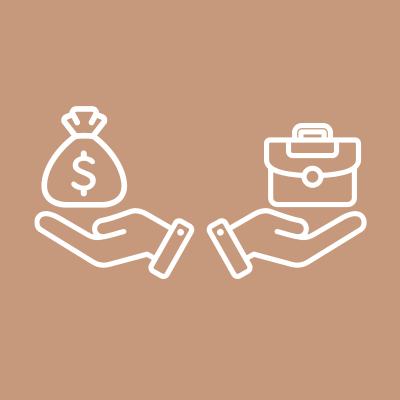
Teaching the New Tools of Monetary Policy
Resources for teaching the Fed's monetary policy tools in an ample-reserves framework.
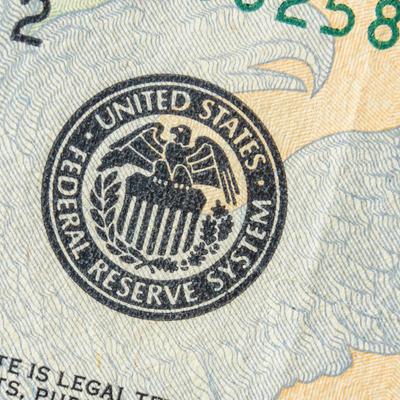
Making Sense of the Federal Reserve
Introduce the structure of the Federal Reserve and the basics of monetary policy.
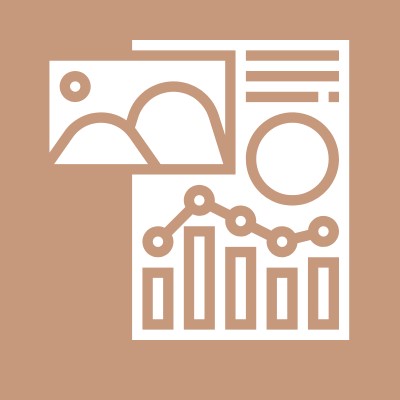
Fiscal & Monetary Policy
Define fiscal and monetary policy and highlight their differences.

What Happens When the Federal Reserve Raises Interest Rates?
Demonstrate how a change in the target range for the federal funds rate transmits through the economy.
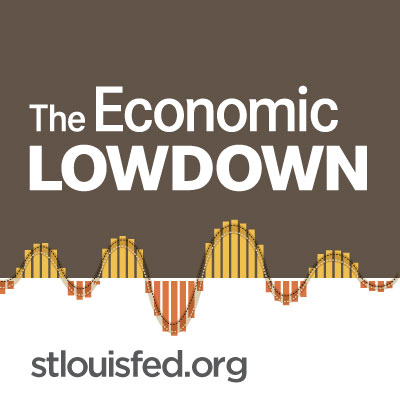
Econ Lowdown Podcast Series
21 Economics audio assignments for your classroom
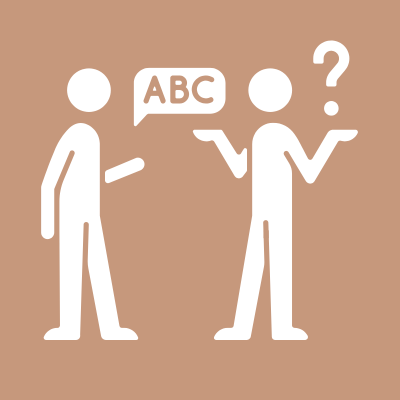
Jargon Alert: Helicopter Money
Learn about a tool to stimulate economies and fight deflationary pressures.
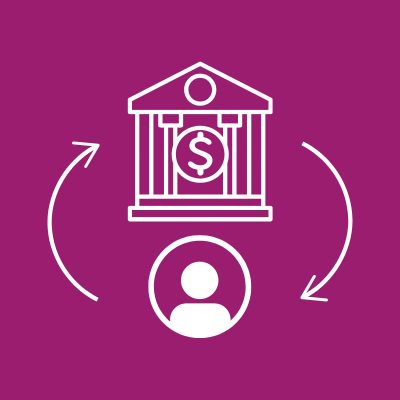
Boom Times and Bubbles: The Internet Age
Learn about the Monetary Control Act of 1980.

Central Banking
Learn the basics parts a central bank.

Creation of the Federal Reserve
Learn about banking panics, recessions, and depressions in the U.S. during the 1800s.

Inflation, Deflation, and Disinflation
Learn the differences between inflation, deflation, and disinflation.

Inflation, the Fed, and You
Learn what causes inflation.

Introduction to the Federal Reserve
Introduce the Fed’s three main functions.

Money Versus Barter
Learn how money solves problems created by barter systems.

Price Stability
Learn the importance of price stability.

Stagflation in the 1970s
How did Federal Reserve Chairman Paul Volcker contain inflation, spurred economic growth, and reduced unemployment?

Structure of the Federal Reserve
Learn about the Board of Governors, the Reserve Banks, and the FOMC.
{{resourceTitle}}
{{resourceBlurb}}